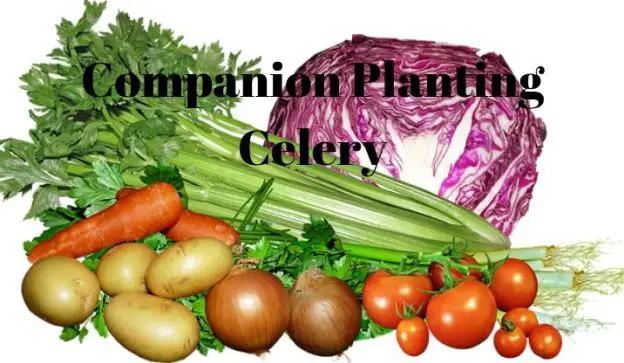Not the easiest of vegetables to grow, but so satisfying when you get it right and the taste of home grown is far superior. As with most crops, celery will benefit from being grown with helpful neighbours. Companion planting celery with the following will be good for one or both of them.
Companion Planting Celery
As with all plants when looking for suitable companion plants we need to look at plants that are compatible. Not only with each other, but also with the sunlight and soil conditions needed for growing celery successfully. So what does celery prefer?
Celery originated in marshy soil, so it prefers rich, moist soil with a high alkaline content. Now most of us don’t have an area of marsh land to grow on but by adding well rotted manure we can create similar conditions. Water regularly and remember celery have shallow roots so don’t go too mad with the hoe.
What Grows Well With Celery
The following plants will all do well with and/or help celery to flourish.
Brassicas and Celery
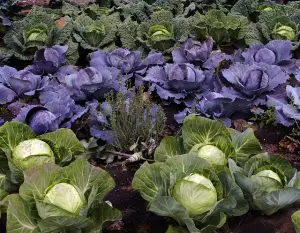
The biggest nuisance for brassica growers is the caterpillar of the cabbage white butterfly. Growing celery in companion with members of the brassica family will keep the cabbage whites away. It’s not clear if the cabbage whites are repelled by the celery or if the celery aroma hides the brassicas.
Tomatoes and Celery
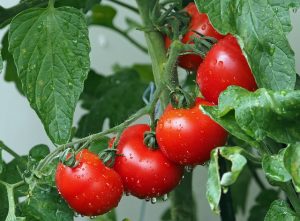
Both of these like nutrient rich soil the only slight problem is tomatoes don’t need as much water as celery. However celery prefer to be shaded in the hottest part of the day and tomatoes grown near by will provide shade.
Spinach and Celery

Another good combination, these both benefit from lashings of moisture because if spinach dries out it will bolt. Conversely they both need at least 6 hours of sunlight a day.
Beans and Celery

All members of the bean family are good for companion planting celery with, and as beans fix nitrogen in the air there will be plenty in the soil for the celery. Plus the bean plants will provide shade for the celery in the heat.
Leeks and Celery
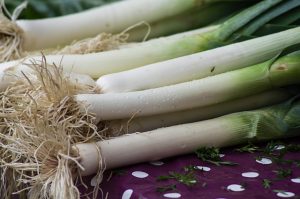
Celery and leeks require the same growing conditions and the leeks will protect the celery from celery leaf miners. This pest is fooled by the strong aroma produced by the leeks and finds some other plants to attack. As the leeks grow taller they will also provide shade for the celery.
Cosmos and Celery
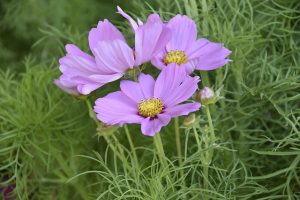
Not the most obvious of companions as cosmos can survive without much water. However they do like sunny conditions and will attract many pollinators which will deter many pests just because of the heavy traffic.
Daisies and Celery
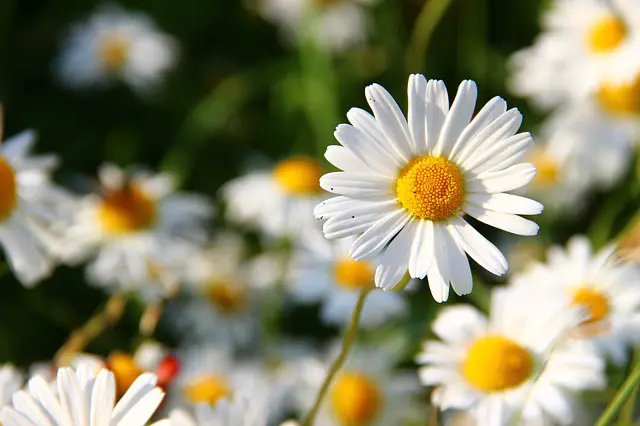
Another flower that attracts many pollinators which will keep the pests away from your celery plants.
Antirrhinums and Celery
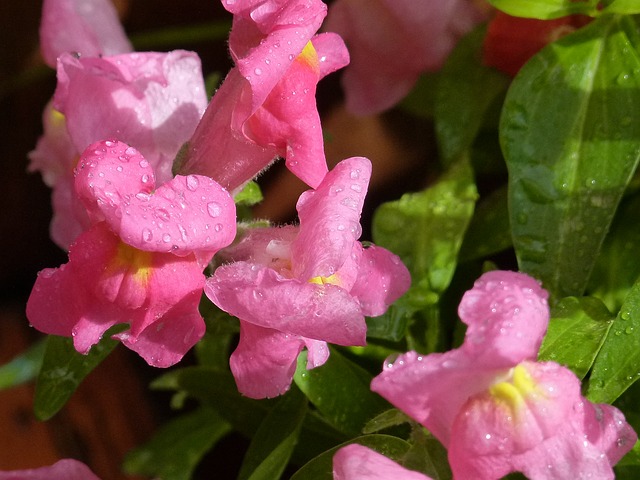
Also known as snapdragons, antirrhinums will attract many bees and other pollinators to your garden all of which will deter the pests.
Herbs and Celery
The following herbs are all compatible with celery and will all help to keep pests away. For general information on herbs as companion plants click this link.
Dill and Celery
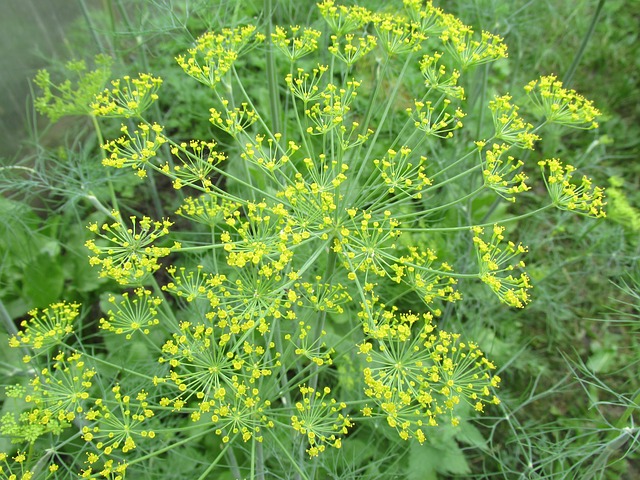
Allow this plant to flower to benefit from many helpful insects including bees and hoverflies.
Coriander and Celery
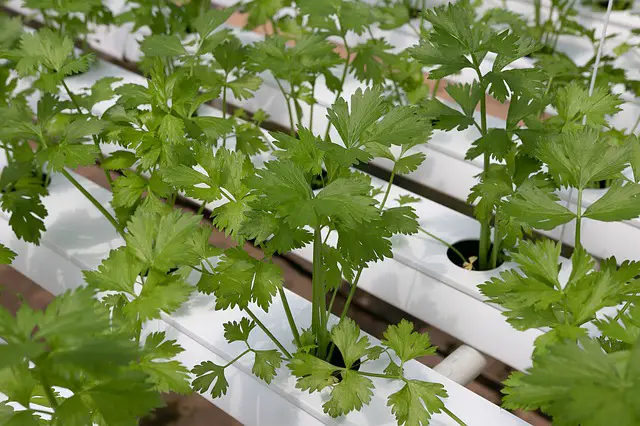
This will go to seed rapidly in hot conditions and that’s fine as it will then attract many helpful insects. The strong smell of coriander (cilantro) will also disguise your celery from celery leaf miners.
Tansy and Celery
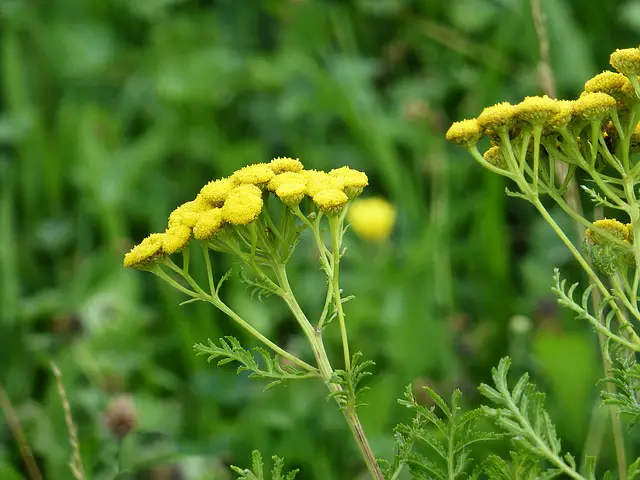
This plant will grow upwards of 6 foot (180 cms) and will help to shade the growing celery but more importantly it will attract many beneficial insects.
Horehound and Celery

This member of the mint family will attract many beneficial insects like bees and hoverflies but take care as in some parts of the world (Australia) it is classed as an invasive weed.
Hyssop and Celery
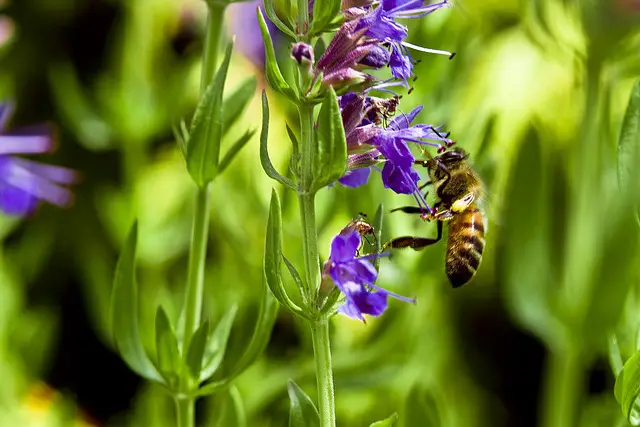
This herb, another member of the mint family, has a strong, sweet aroma that will disguise the celery and attract many useful allies to your garden. It does prefer dry, chalky soil but will grow adequately as a companion to celery.
Basil and Celery
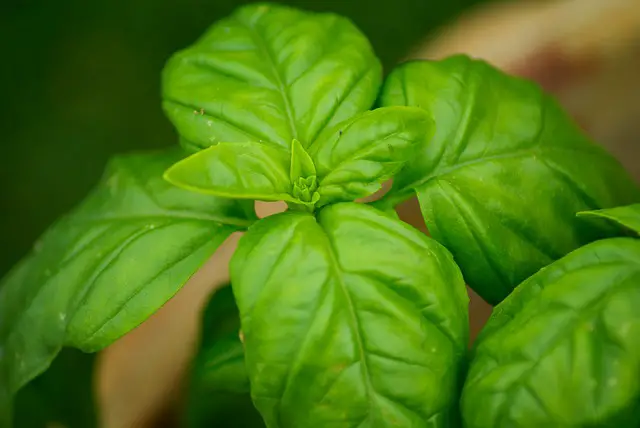
Another strong smelling herb that originates in dry, arid lands but has acclimatised well in the Western world. Allow basil to flower to attract many helpful pollinators to your garden including bees and hoverflies. The heavy traffic these pollinators create will keep many of the pests away.
For more information on companion planting basil click this link.
Thyme and Celery

Another Mediterranean herb that has acclimatised itself to our climate. Thyme will attract many helpful insects whilst its pleasant aroma disguises the celery from pests. Whilst also providing ground cover to keep weeds down and moisture in.
Sage and Celery
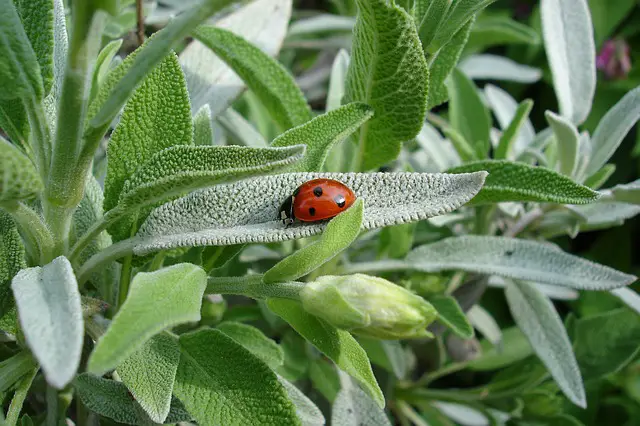
Although sage doesn’t appreciate soggy, wet soil, it will grow well if soil is free draining and will benefit your celery by keeping many pests away. Sage will also help to keep weeds away by providing ground cover.
What Not To Grow With Celery
Not all plants are compatible and as far as I can tell there are 6 plants that should be kept away from celery and they are as follows.
Potatoes and Celery
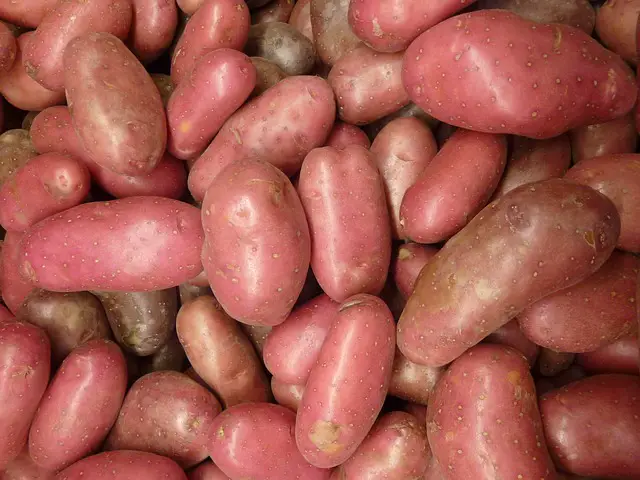
I can find no evidence why these 2 should be kept apart but I would like to hazard a guess. Celery can remain in the ground for a long time and has a shallow root system. When harvesting potatoes the celery roots will get disturbed and possibly damaged.
Also potatoes need a lot of nutrients and so does celery and they will struggle if grown together.
Sweetcorn and Celery
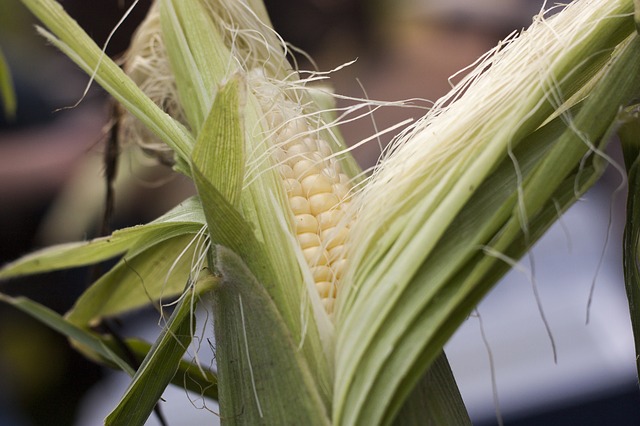
Another one with no actual evidence but it could possibly be that the sweetcorn originate in fairly dry lands and celery originates in the opposite type of land. Also sweetcorn is a nutrient greedy plant that would probably deprive the celery of essential elements.
Turnips and Celery
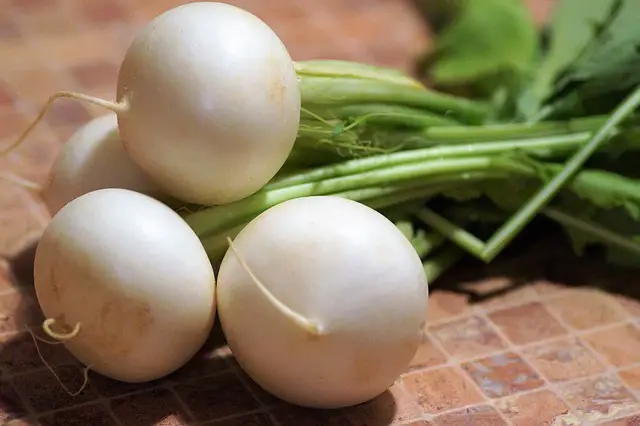
A root crop that will need to be harvested way before the celery are ready. The root disruption would be harmful if not fatal to the celery.
The next 3 are all members of the same family as celery which would imply they will all be after the same nutrients and minerals.
Parsley and Celery
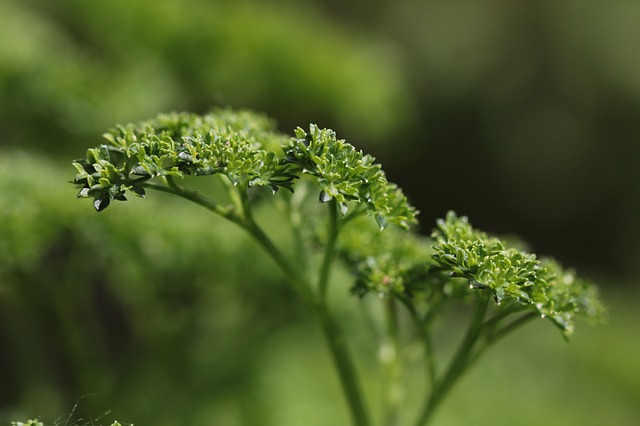
A great plant if allowed to flower for attracting beneficial pollinators just not around celery. Companion planting celery with parsley will probably attract the pests that will attack your celery plants.
Carrots and Celery
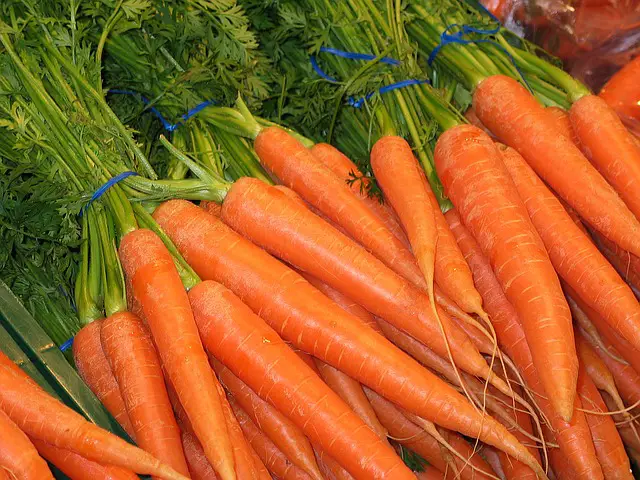
Another reason for not planting these with celery is the harvesting thing again. Carrots have long tap roots and lifting them could disrupt the roots on celery plants. Also the smell of carrots is very attractive to the carrot root fly which is quite partial to celery root as well.
Parsnips and Celery
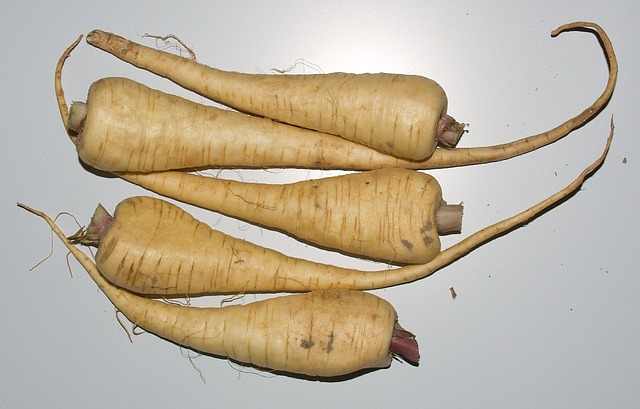
This root vegetable spends a long time in the soil and like the previous 2 it attracts the same pests that celery is prone to attacks from including the carrot root fly.
How To Stop Celery Getting Tough
The reason celery gets too tough to eat is lack of water. To prevent this from becoming a problem water celery more frequently than other members of this plant family. Carrots and parsnips need less water once established as the root will search deep into the soil looking for moisture.
Celery is shallow rooted and comes originally from marshy soil. So it needs more water to thrive and to stop it getting tough. Instead of harvesting the whole celery try just removing the outer stalks, the plant will grow more as long as conditions are favourable.

